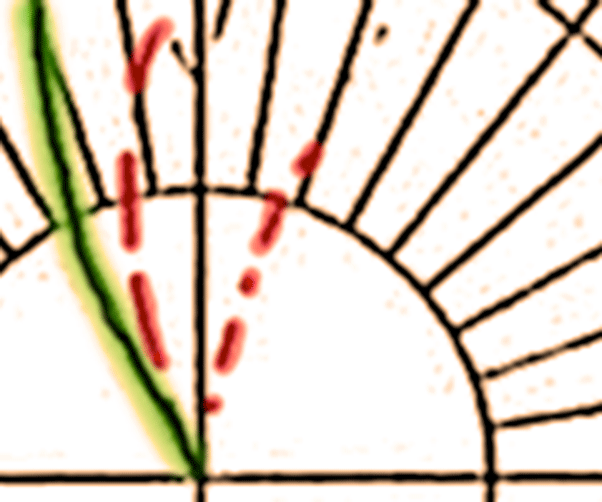
Jan
23
Rethinking the Photometric Data File Format
With increasing computing power, engineering disciplines cannot be imagined without simulations anymore. In lighting, photometric data and electronic processing of this data has become one of the most important tools for luminaire design and lighting design. This data is today provided in IES LM-63 format, a format that meanwhile has come to its limits. P. Eng. (Ret) Ian Ashdown, Senior Scientist at SunTracker Technologies Ltd., explains why the time for a change to a new standard has come and discusses the newly proposed standard and its properties in detail: ANSI/IES TM-33 respectively UNI 1603054.
It has been over 30 years since the first version of the IES LM-63-86, IES Recommended Standard File Format for Electronic Transfer of Photometric Data was published. After three revisions which mainly concerned the file format specification, IES LM-63 still focuses on “old technologies” and does not consider new requirements.
As professional lighting designers, we now have to consider color-changing luminaires, theatrical lighting, human-centric lighting, horticultural lighting, ultraviolet sterilization units, radiant heating devices, and more. We need to consider spectral power distributions, S/P ratios, melanopic and mesopic lumens, radiant and photon intensity distributions, photosynthetically active radiation (PAR), irradiance and photon flux density distributions, color rendition metrics … the list goes on and on (Remark: Photon flux, also commonly referred to as quantum flux, is the rate of flow of photons. Radiant flux, by comparison, is the rate of flow of energy. The energy of a photon is inversely proportional to its wavelength, so quantum flux is not directly comparable to radiant flux).
The LM-63 and EULUMDAT file formats are clearly incapable of characterizing luminaires for these applications. It is therefore time, indeed well past time, to rethink the photometric data file format. It is more than just photometric data, however; it is luminaire optical data that we need to think about.
Read full article here: https://www.led-professional.com/resources-1/articles/rethinking-the-photometric-data-file-format
